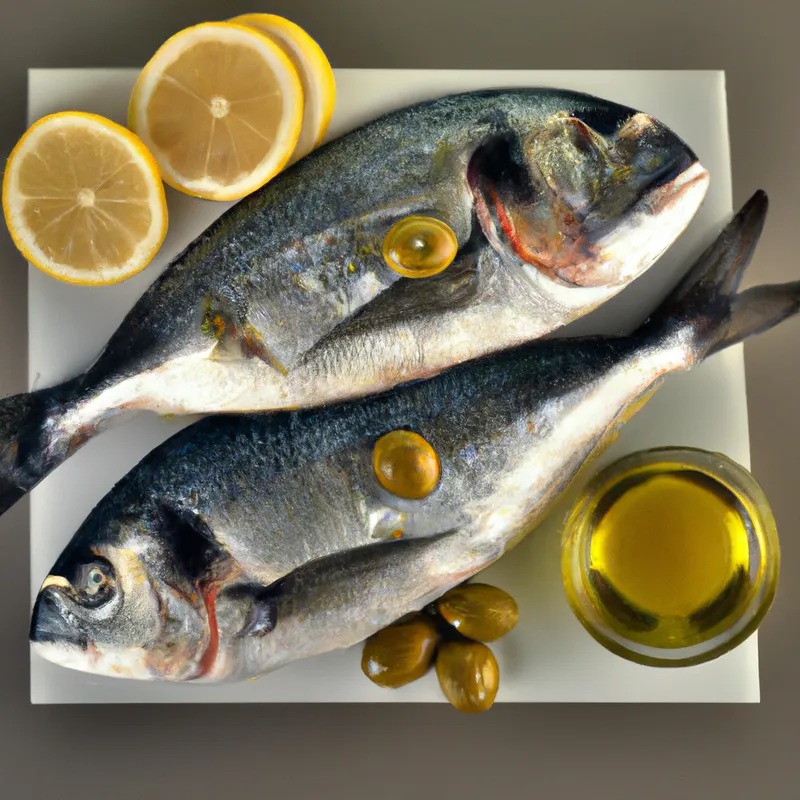Discover How Cooking Affects Fish Omega-3 Levels
How Cooking Fish Affects Its Omega-3 Content
Fish provides essential omega-3 fatty acids, which offer numerous health benefits. These fats support heart health, enhance brain function, and reduce inflammation. Cooking methods significantly affect omega-3 content. Understanding these effects helps you maximize your meals’ health benefits. Let’s examine how different cooking techniques influence omega-3 levels and provide tips to retain these nutrients.
The Importance of Omega-3 Fatty Acids
Omega-3 fatty acids, such as EPA and DHA, are vital for bodily functions. Fatty fish like salmon, mackerel, sardines, and trout contain these essential fats. The body cannot produce omega-3s, so you must obtain them through diet. Key benefits include:
Heart Health
Omega-3s promote heart health by reducing triglycerides and lowering blood pressure. They also decrease heart disease risk. Studies show that eating omega-3-rich fish improves cardiovascular outcomes.
Brain Function
These fatty acids support cognitive functions like memory and focus. They form a significant part of neuronal cell membranes and aid neurogenesis. Low omega-3 levels link to cognitive decline and higher neurodegenerative disease risk.
Anti-Inflammatory Properties
Omega-3 fatty acids offer powerful anti-inflammatory effects. They alleviate symptoms of chronic inflammatory conditions like arthritis and inflammatory bowel disease. Including omega-3-rich foods like fish in your diet enhances overall health.
Cooking Methods and Omega-3 Retention
Various cooking methods influence fish’s omega-3 content. Here are common methods and their effects:
Baking
Baking preserves omega-3 fatty acids effectively. Cook fish at a moderate temperature (around 350°F) to minimize fat loss. This method allows the fish to retain natural oils rich in omega-3s. Bake fish for 15 to 20 minutes, depending on thickness. A drizzle of olive oil or splash of lemon juice enhances flavor and maintains nutrition.
Grilling
Grilling adds a smoky flavor but may reduce omega-3s due to high heat. Extreme temperatures can break down delicate fats. Grill fish over medium heat for thorough cooking without excessive temperatures. Marinate fish before grilling to enhance flavor and retain nutrients.
Conclusion
Understanding how cooking methods affect omega-3 content helps you enjoy healthier meals. Choose cooking techniques that preserve these essential fats for optimal health benefits.
Below are related products based on this post:
FAQ
1. How do omega-3 fatty acids benefit heart health?
Omega-3s promote heart health by reducing triglycerides and lowering blood pressure. They also decrease the risk of heart disease, with studies showing that consuming omega-3-rich fish can improve cardiovascular outcomes.
2. What cooking method is best for preserving omega-3 content in fish?
Baking is one of the best methods for preserving omega-3 fatty acids in fish. Cooking at a moderate temperature (around 350°F) minimizes fat loss and allows the fish to retain its natural oils rich in omega-3s.
3. Does grilling fish affect its omega-3 levels?
Yes, grilling can reduce omega-3 levels due to the high heat used during cooking, which can break down delicate fats. To minimize this loss, grill fish over medium heat and consider marinating it beforehand to enhance flavor and retain nutrients.















Post Comment